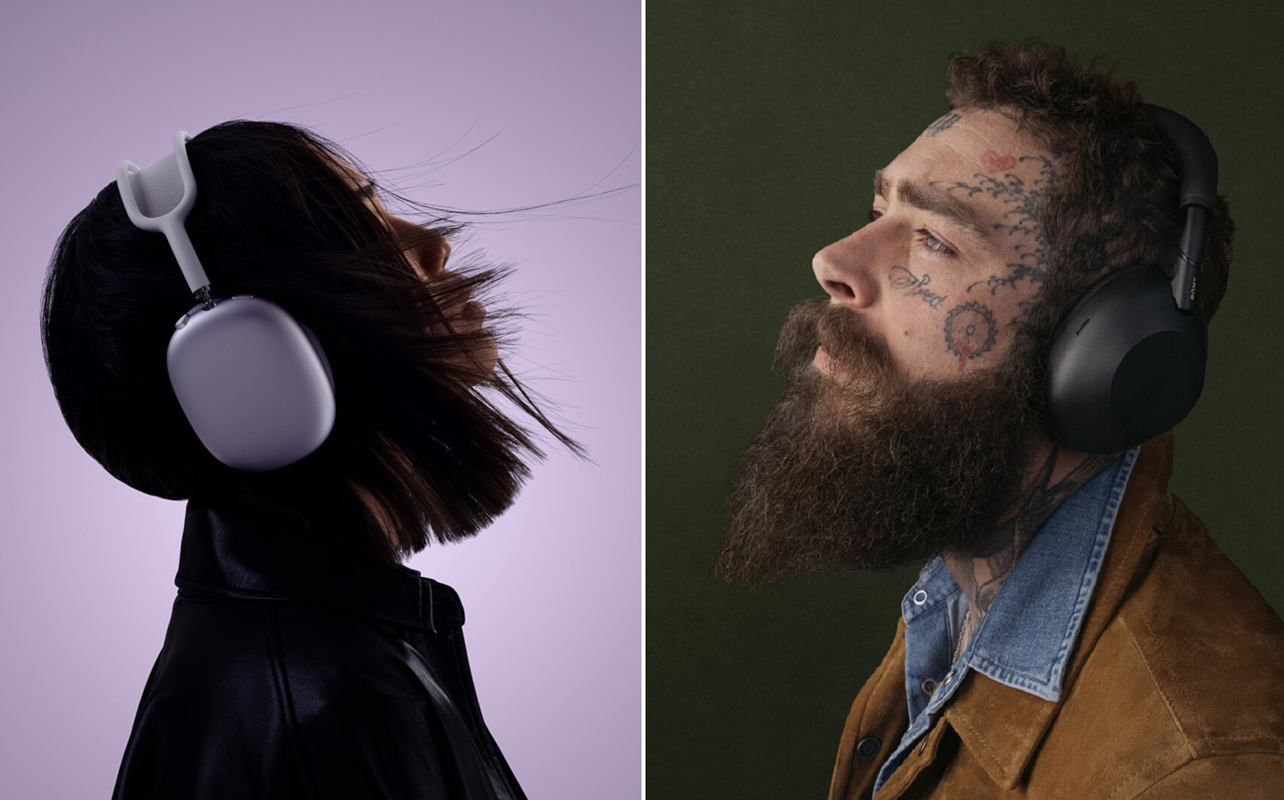
The Sony WH-1000XM6 and Apple AirPods Max are two of the most premium over-ear headphones you can wear today. Both are especially known for their noise-cancelling abilities but pitting them against each other reveals a lot of nuance.
To date, the AirPods Max are the only pair of over-ear headphones Apple’s ever made. Compared to Sony’s decades-long pedigree in personal audio, this comparison would almost seem like a blowout by sheer legacy alone. But that’s not how things shape out when competing products are also premium performers. The winner in this battle depends on various factors. Let’s dive in.
It’s a testament to Sony’s success with its headphones that a pair released three years ago are still a more than viable option. That’s why I can understand thinking over choosing between the Sony WH-1000XM6 and the WH-1000XM5.
Each pair has helped define what noise-cancelling headphones should sound like. And while each successive generation isn’t a dramatic overhaul, Sony finds ways to refine the design and features to continue offering excellent sound quality, world-class active noise cancellation (ANC), and custom settings. Are the latest refinements in the XM6 enough to warrant an upgrade, or are the Apple AirPods Max a better pick? Let’s find out.
Design contrasts
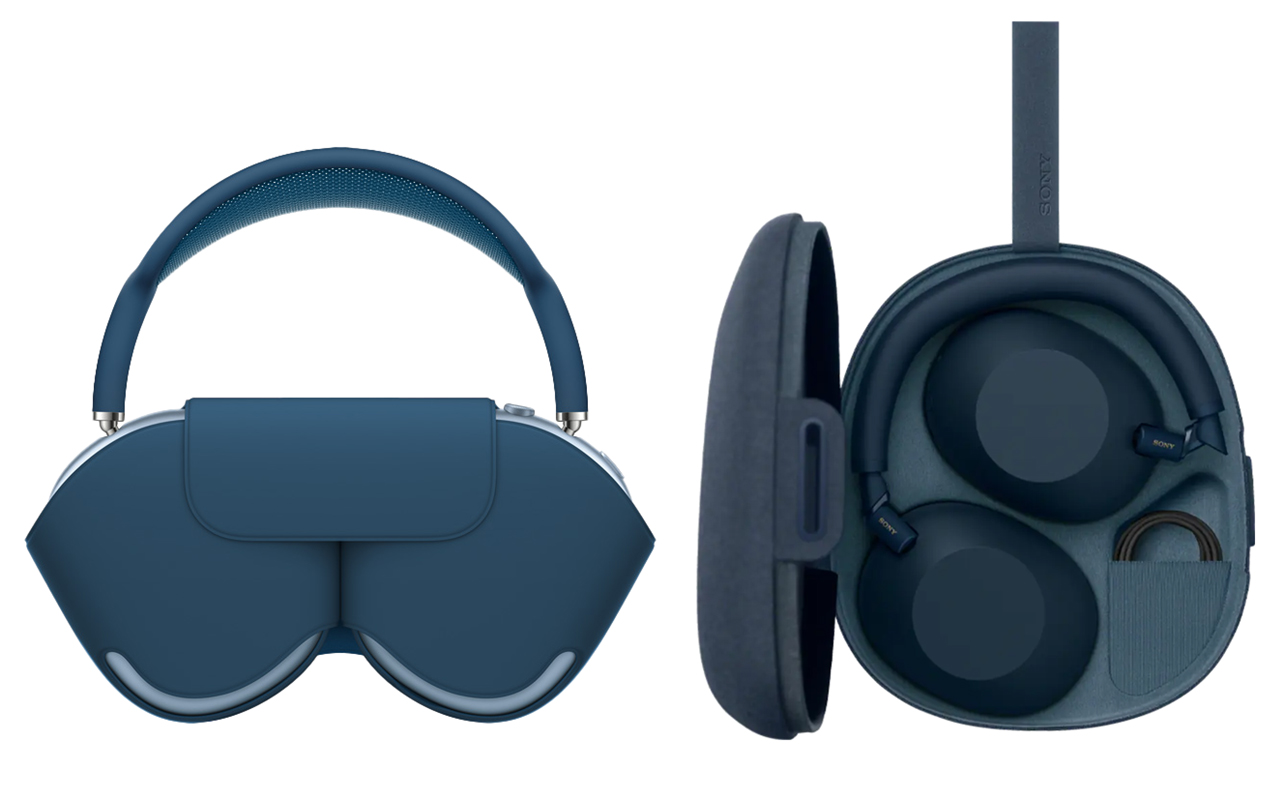
It’s worth noting both Sony and Apple don’t release new iterations of their respective flagship headphones every year. The WH-1000XM6 are three years removed from the previous XM5. The AirPods Max first launched in 2020. There’s a five-year gap between these two that’s worth taking into consideration off the bat.
Not only that, but these two pairs share virtually nothing in design philosophy. Sony resists taking a flashy approach, keeping things understated and functional. A matte finish with minimal branding, neutral colours, and no real flair to how they look. Some key design changes in the XM6 include rounder ear cups, sturdier hinges, lighter weight, and bringing back the ability to fold both flat and inward. (You can read my full review of the Sony WH-1000 XM6.)
In contrast, Apple leans into visual luxury with the AirPods Max. Made with aluminum ear cups, a stainless steel frame, and a breathable mesh headband, they simply stand out. All of those materials also contribute to a noticeably heavier frame—385 grams—making them less feathery than the 250-gram XM6. You may not notice it right away but that weight difference becomes more obvious over longer periods.
The AirPods Max also don’t fold flat or inward, sporting an unusual case that covers the ear cups so that the headband turns into a handle. As slick as it looks, Sony’s headphones take up less room in a bag.
Noise Cancellation
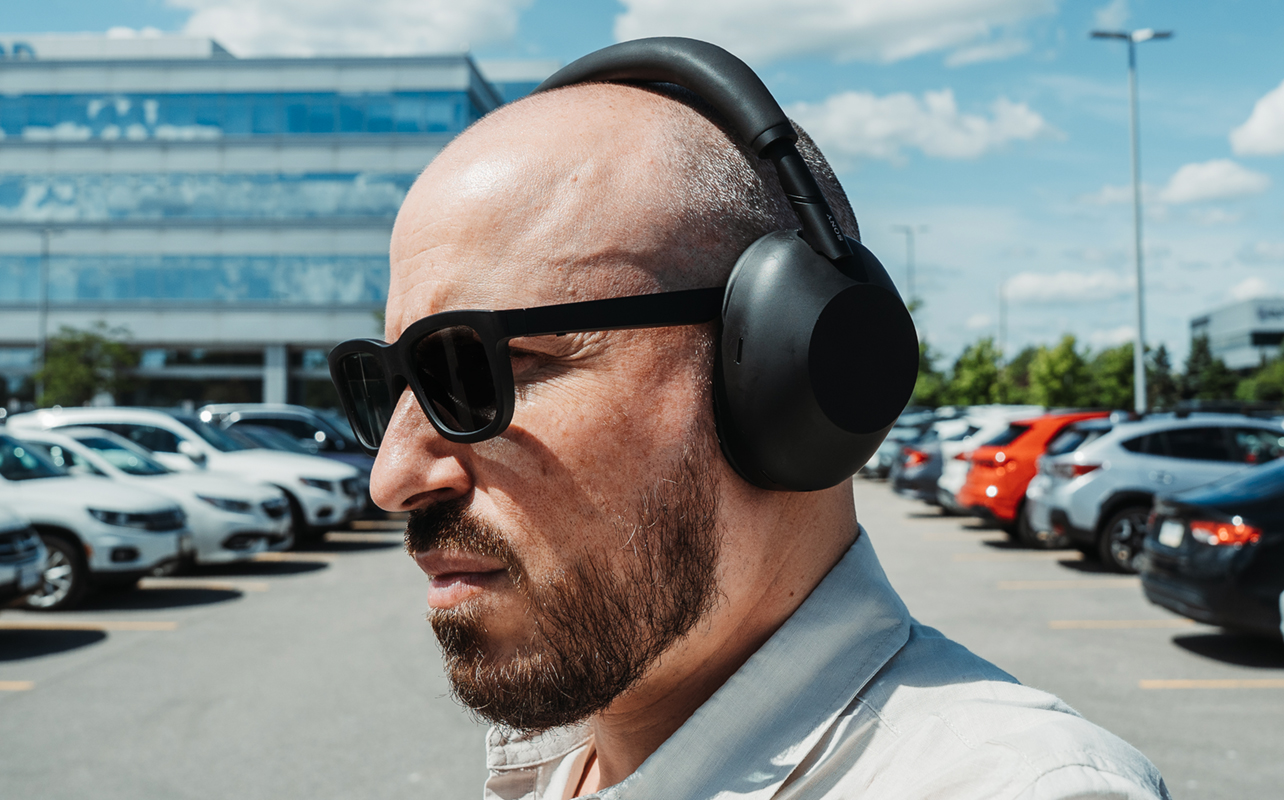
Sony has long been one of the benchmark leaders in noise cancellation, and the XM6 continue to establish that legacy. Now equipped with 12 microphones (up from eight on the XM5) and Sony’s new QN3 processor, these headphones process noise signals faster and more intelligently. Onboard AI works to recognize the conditions you’re in, adapting ANC in real time based on your environment. Or, you could just choose to leave it at its highest setting. Whether you’re on a plane, a noisy train, or a quiet office, the XM6 block out engine hum, chatter, and low-frequency rumbles remarkably well.
The AirPods Max are tough competitors in this particular area. Apple uses a nine-mic system and custom acoustic processing powered by its H1 chips, delivering excellent ANC performance. Despite their age, the Max might even be effective enough to edge out the XM6 by a very slim margin with low-frequency noises, like an airplane cabin. But the XM6 are more dynamic because of how adaptive they are, managing fluctuating background noise levels with excellent consistency.
Sony really pulls ahead with its Ambient Sound mode. Not only is it nice and clear, but also adaptable, too. Quick Attention Mode on the XM6 lets you temporarily lower playback and switch off ANC by simply placing your hand over the right ear cup. It’s a super convenient way to catch announcements or hold brief conversations. While the AirPods Max offer an excellent Transparency Mode that sounds more natural, you still need to manually switch between modes rather than a single, intuitive gesture.
Sound quality
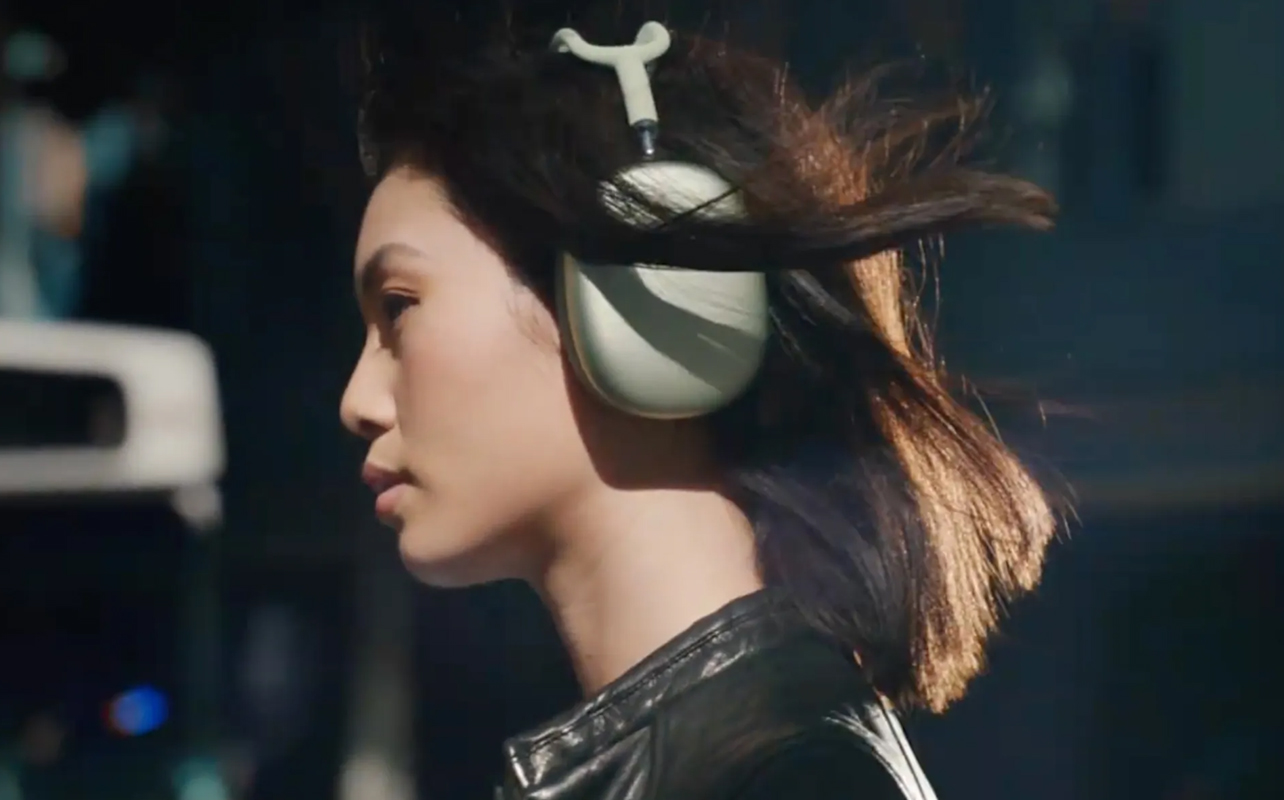
Both headphones deliver superb sound, but they take different approaches. The XM6 lean toward a balanced and detailed profile with crisp highs, rich mids, and solid yet controlled bass. Sony re-engineered its 30mm drivers for improved clarity and a wider soundstage, giving tracks room to breathe without sounding artificial.
The Sound Connect app also plays an integral part, letting you personalize EQ settings manually or use the Find Your Equalizer tool to build a custom profile based on your listening preferences. Features like LDAC support for hi-res streaming on Android and DSEE Extreme upscaling for compressed audio add even more flexibility.
The AirPods Max, meanwhile, are clean, precise, and tonally sound. They’re tuned to emphasize mid-range clarity and instrument separation, delivering impressive imaging and depth. The problem is you have little to no recourse in changing how they sound. There’s Adaptive EQ, which is Apple’s way of figuring out sound tuning on the fly, but there’s no manual setting to do it yourself the way Sony does. Even Apple Music limits you to a few presets. Lossless audio is available on the Max, but only on Apple Music.
Apple lends some credibility and adaptability to Spatial Audio. This works to create a convincing sense of surround sound immersion when listening to compatible content on Apple Music, Disney+, or Apple TV+. Sony offers spatial audio support—including its own 360 Reality Audio format—but that content isn’t available from every source, leaving you to listen to a more generic spatial sound.
All that said, the XM6 are better tuned and more adaptable across genres, while the Max do well at delivering solid detail and cinematic experiences—more so for Apple users consuming spatial content.
Call quality
Sony stepped up significantly with the XM6. The expanded 12-mic system pairs with AI-driven voice isolation to make phone and video calls clearer than before. Even in windy or noisy environments, you and a caller can understand each other, and the adaptive ANC helps reduce surrounding distractions during conversations.
The AirPods Max are also stellar at this, thanks to beamforming microphones and Apple’s H1 processing to isolate voices effectively. Still, head-to-head, you’re more likely to experience better consistency on Sony’s headphones on calls with varying and unpredictable background noise scenarios. There’s no “bad” option here, just that certain nuances put a little distance between them.
App Support
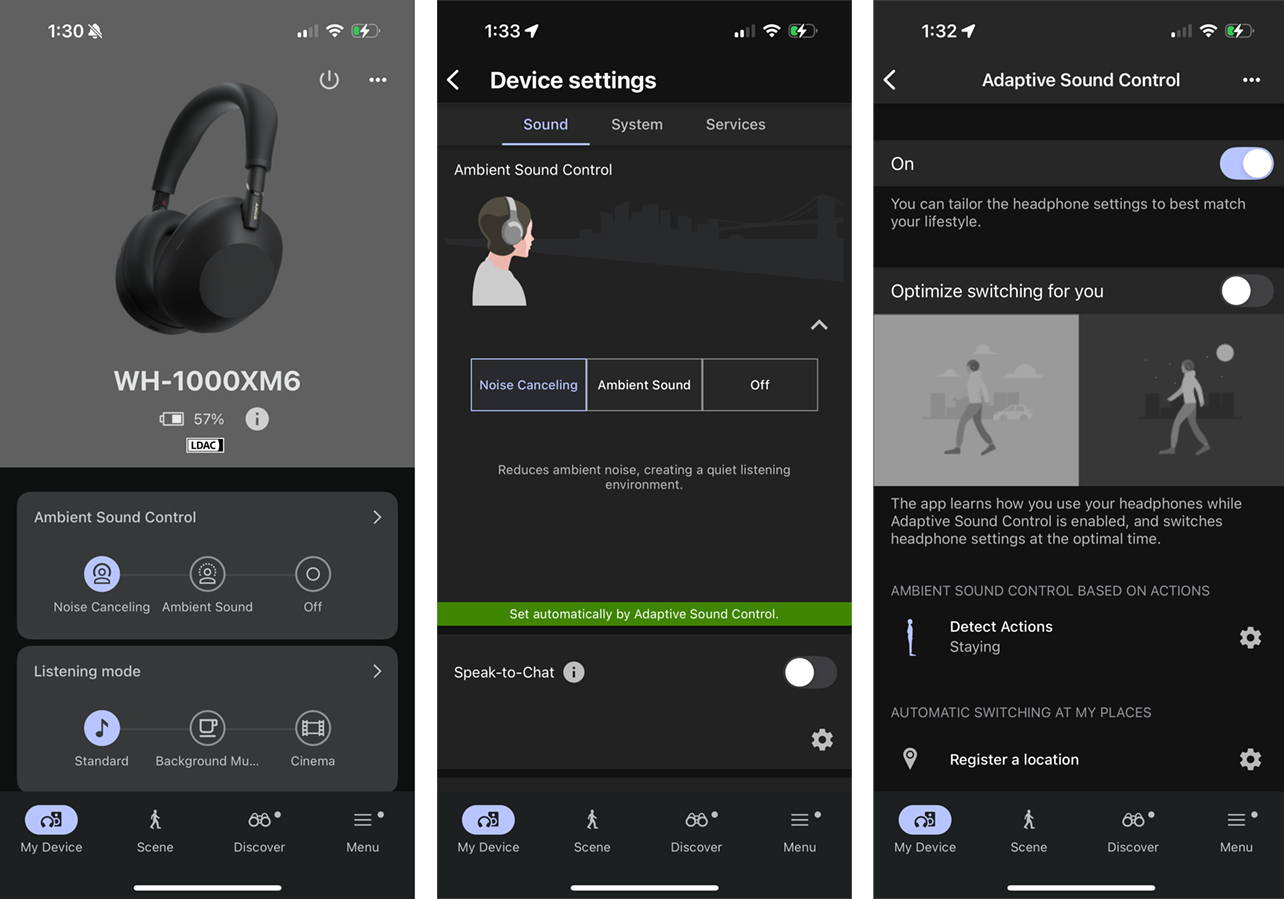
This is one of the biggest differentiators between the two, and it’s not even close. There’s plenty you can customize and personalize on the XM6 within Sony’s Sound Connect app. You can tweak the EQ, adjust ANC intensity, set up personalized Scenes that adapt playback based on location or activity, enable 360 Reality Audio, and switch between LDAC and standard codecs.
New listening modes like Background Music feels like your music is playing in a café. Cinema Mode feels more immersive in how it tries to emulate watching a movie or show. The aforementioned DSEE Extreme upscaling can help pull more detail out of the compressed audio common in streaming apps. And finally, firmware updates arrive regularly, keeping features fresh over time.
Meanwhile, the AirPods Max have no standalone app. All controls live within the iOS Settings menu, where there’s virtually no manual tuning whatsoever. Instead, Apple leans on automation, like Adaptive EQ and Spatial Audio. There is no manual EQ, no real listening test, custom settings, and little personalization. Plus, these automated features mainly apply to Apple’s ecosystem. Adaptive EQ works on Android devices but there’s no control or visibility as to what it’s doing, whereas Spatial Audio doesn’t work at all.
Clearly, the XM6 offer more versatility. Simplicity is the focus for the AirPods Max—so long as you have an Apple device.
Connections and controls
The XM6 support Bluetooth 5.3 with multipoint connectivity, letting you pair with two devices simultaneously. That’s a huge convenience if you bounce between a phone and laptop. They also feature LDAC for hi-res streaming on Android and AAC for iOS users. There is technical support for Auracast, though time will tell how effective it is once it evolves (which looks to be faster on Android than iOS).
Apple’s AirPods Max stick with Bluetooth 5.0 and the AAC codec, so there’s no hi-res streaming option. The general purpose is to tightly integrate with the Apple ecosystem, meaning instant pairing, automatic device switching between Apple products, and ultra-low latency. If you’re all-in on iPhone, iPad, and Mac, it’s a neat way to bring them together. Once you step outside of Apple’s walled garden, however, and you see a lot of those features stripped out.
As for controls, the XM6 rely on the right ear cup’s touch-sensitive panel for volume, playback, and track navigation. They also keep things simple with just two physical buttons for power and ANC mode switching. Sony leaves little to no room to customize any of that, but they are some of the most responsive and intuitive controls available.
The AirPods Max take a different approach, using a rotating digital crown inspired by the Apple Watch, plus a dedicated noise control button. Those with an Apple Watch will certainly recognize how tactile and precise it is, making it satisfying to use. There’s just a total lack of flexibility in gesture shortcuts.
Battery life
Sony dominates this one. The XM6 can go up to 30 hours of playback with ANC and around 40 hours with it off. With moderate volume levels, you can probably tick higher than that. A quick 3-minute charge nets roughly 3 hours of listening, making them ideal for travel or long workdays.
The AirPods Max can go up to 20 hours of playback with ANC or Spatial Audio enabled. Apple designed the Smart Case to conserve power when idle, but that doesn’t mean extra battery life. There’s also no fast-charging method that compares to what Sony offers.
Final thoughts
The Sony XM6 offer cross-platform compatibility, endless customization, and standout noise cancellation in a lighter, more portable package. The Apple AirPods Max are more of an ecosystem piece for those deeply embedded in Apple’s world. It’s also clearly the more luxurious option, and holds a particular strength with immersive spatial experiences.
If you value portability, customization, and battery endurance, the XM6 are the clear winner. If your world revolves around Apple devices and you want the smoothest integration with Spatial Audio, the AirPods Max will clearly fit in nicely. You will need to take into consideration their weight, price, and limited flexibility. Integration may not be the same with Sony’s headphones but they work pretty much the same way on Apple devices.
Check out the Sony WH-1000XM6 and Apple AirPods Max available now. Looking for more headphones, check out the latest options.




